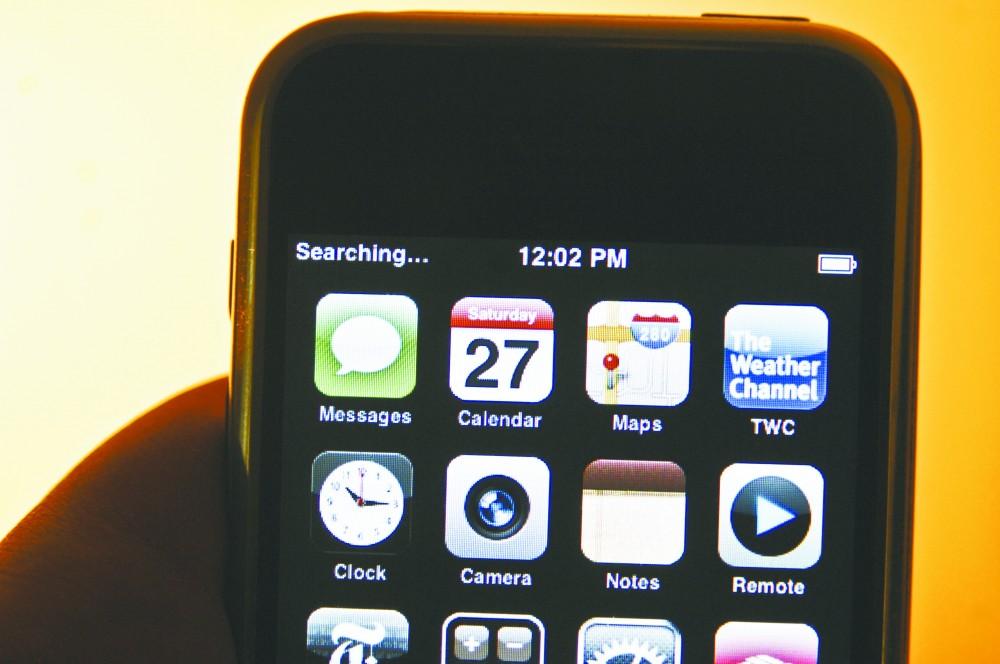GV starts study of weak on-campus cell reception

Cell phones do not work in some areas.
Apr 8, 2010
According to a recent Grand Valley State University Information and Technology survey, more than 95 percent of GVSU students own cell phones. But while cell phones may be an indispensable part of everyday communication for students, some areas of campus offer little to no call reception.
Reportedly, problematic on-campus areas include the lower levels of Mackinac Hall and the north campus living centers, particularly Kistler and Hills.
Assistant Vice President of Facilities & Planning James Moyer said the university is in the early stages of addressing how to improve campus cell phone reception.
“A small group of university staff have been discussing the quality of cell phone reception at the Allendale Campus,” Moyer said. “There are areas and locations where the reception is weak and connections difficult to make. We have been investigating solutions used at other universities to solve similar needs. We have not developed any plan that targets specific or general areas, nor have we completed any studies of the reception quality in university buildings. Given that there are no definitive plans, we have not discussed cost or funding.”
Although the lack of service may prove frustrating to students trying to text or surf the web on their phones, it could also potentially hinder someone from calling for help regarding a medical concern or other emergency in those problem areas.
Assistant Director of the GVSU Department of Public Safety Capt. Brandon DeHaan said while the university is working to improve on-campus cell reception, he does not think current cell reception problems pose any safety risk.
“Those areas (with weak reception) aren’t too far where you couldn’t get to an area where there is service,” DeHaan said.
He added that all office suites and some classrooms have landlines and some of the older buildings have action phones near the main entrances, which could be used to dial 911 in the event of an emergency.
Other local universities such as Michigan State University and Central Michigan University have emergency phones placed along walking paths and sidewalks for students to use if they are injured or need to report an incident to police.
DeHaan said although the possibility of installing similar phones on GVSU’s campus has previously been discussed in Student Senate and within the administration, it was ultimately decided the phones were not needed.
DeHaan said if there was a “concerted push” from students and faculty, DPS and Facilities would be open to reconsidering the issue, but so far there has been no such response. However, he believes the widespread usage of cell phones on campus largely eliminates the need for emergency phones.
“We also rely on students having instant communication through cell phones,” DeHaan said. “… All of a sudden this has kind of mushroomed to where everyone has a cell phone and I think the university is addressing that from a planning standpoint.”

























